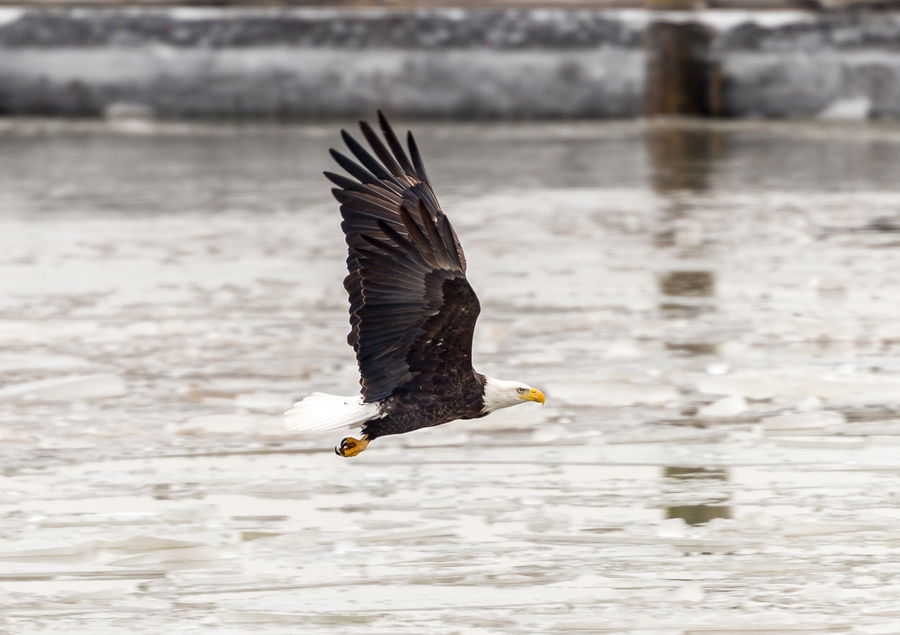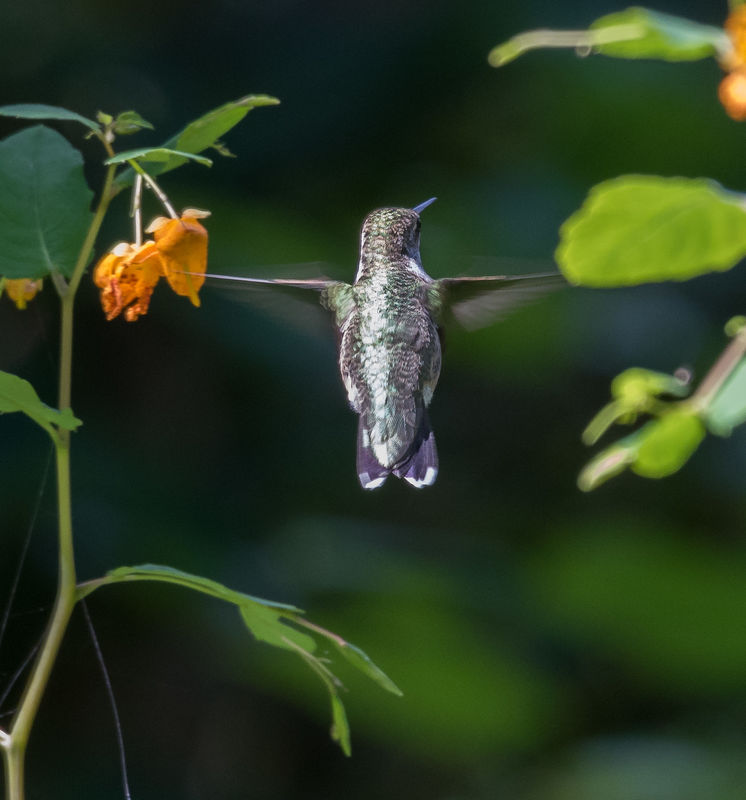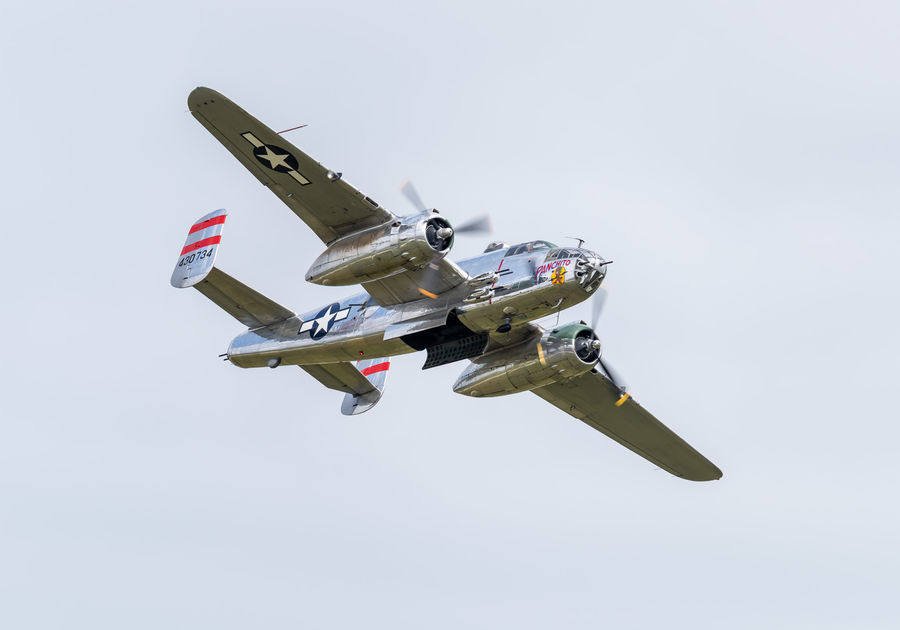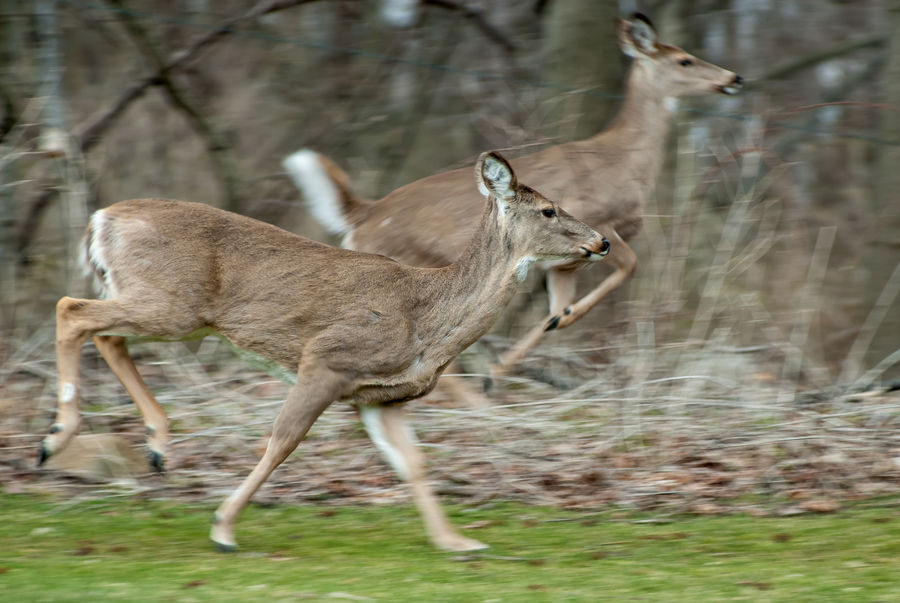Camera shake when handheld.
Aug 13, 2021 15:30:45 #
When photographing flying birds or moving animals with handheld camera, at what settings is camera shake overcome.
Aug 13, 2021 15:49:34 #
plumbbob1 wrote:
When photographing flying birds or moving animals with handheld camera, at what settings is camera shake overcome.
Do you experience camera shake now? With what camera and lens? Should you attach and store an example JPEG to assure what you call 'camera shake' is agreed by the community? One would think you're shooting 1/1000 sec or faster, more than enough to address 'shake' for a lens at 1000mm or less. An example may show more than trying to explain.
Aug 13, 2021 15:55:34 #
captivecookie
Loc: Washington state
I've heard one way to be sure is to always shoot double the lens. For instance if you are shooting with a50 mm lens, you would try to shoot at least 1/100 speed. If course this is a very general rule and as such there are many ways it can lead you astray.
Aug 13, 2021 16:08:22 #
Arizona Art
Loc: SE Florida
1/1000 Works, 1/2000 Works better but 1/4000, now you're talking!
For birds in flight, I shoot between 1/2000 - 1/4000 using canon EF 100-400 II zoom or the RF 800 f/11. I photograph mostly raptors. All shots are hand held. I use the Canon R5 and get typically 90% keepers.
For birds in flight, I shoot between 1/2000 - 1/4000 using canon EF 100-400 II zoom or the RF 800 f/11. I photograph mostly raptors. All shots are hand held. I use the Canon R5 and get typically 90% keepers.
Aug 13, 2021 16:46:21 #
Most will tell you to brace yourself on a tree sign post etc. Plus to make sure that your camera and lens has stabilization. But most of my equipment doesn't' So I have to brace myself any way possible. If this continues you may be looking at getting a gimble.
Aug 13, 2021 17:53:38 #
plumbbob1 wrote:
When photographing flying birds or moving animals with handheld camera, at what settings is camera shake overcome.
Practice taking photos without shaking the camera.
Aug 13, 2021 18:43:01 #
plumbbob1 wrote:
When photographing flying birds or moving animals with handheld camera, at what settings is camera shake overcome.
You'll need to practice a lot with moving subjects. You aren't experiencing camera shake, but you are experiencing panning issues. technically, if your panning technique is solid, you can shoot at much longer shutter speeds than you'd think, or that others are advising. Lots of practice will develop the muscle memory required to hold your camera on the subject at lower shutter speeds.
1/400 sec on a tripod with gimbal, 600mmF4

(Download)
1/250 sec, hand held, 150-600mm @ 600mm

(Download)
1/400 sec, hand held, 150-600mm @ 600mm

(Download)
1/160 sec, hand held, 200mm crop sensor camera

(Download)
Aug 14, 2021 07:47:10 #
billnikon
Loc: Pennsylvania/Ohio/Florida/Maui/Oregon/Vermont
plumbbob1 wrote:
When photographing flying birds or moving animals with handheld camera, at what settings is camera shake overcome.
When I shoot birds in flight I use a minimum shutter speed of 1/1600 sec. If I want the wing tips sharp I use 1/4000 sec. Both of these shutter speeds should eliminate camera shake.
At these speeds VR is useless so I turn it off.
Aug 14, 2021 08:57:18 #
plumbbob1 wrote:
When photographing flying birds or moving animals with handheld camera, at what settings is camera shake overcome.
It DEPENDS on subject distance and focal length and your personal physical abilities.......as mentioned, sometimes subject movement gets confused with camera shake.
Generally 1/1600 seems to work for most people.
.
Aug 14, 2021 09:09:29 #
I've had a lot of good answers on this. Both camera settings and anatomy control.
Can't wait until I get back to the Bosque. Going to get that photo I've been missing.
Can't wait until I get back to the Bosque. Going to get that photo I've been missing.
Aug 14, 2021 12:06:47 #
plumbbob1 wrote:
When photographing flying birds or moving animals with handheld camera, at what settings is camera shake overcome.
-------
I generally use a shutter speed on 1/2000 or higher to have the best chsnce of good sharp pictures. I also use stabilization if available.
Aug 14, 2021 16:31:23 #
Gene51 wrote:
You'll need to practice a lot with moving subjects. You aren't experiencing camera shake, but you are experiencing panning issues. technically, if your panning technique is solid, you can shoot at much longer shutter speeds than you'd think, or that others are advising. Lots of practice will develop the muscle memory required to hold your camera on the subject at lower shutter speeds.
Excellent shots 🎯🎯🎯
Aug 14, 2021 17:30:03 #
amfoto1
Loc: San Jose, Calif. USA
captivecookie wrote:
I've heard one way to be sure is to always shoot double the lens. For instance if you are shooting with a50 mm lens, you would try to shoot at least 1/100 speed. If course this is a very general rule and as such there are many ways it can lead you astray.
That's way more than is usually necessary, but certainly would be safe.
The old rule of thumb with 35mm film (i.e., "full frame") was 1/focal length. So for a 50mm lens it would be 1/50. For a 100mm lens it would be 1/100.
With a crop camera, you have to take that into account too... with a Nikon, Sony, Fuji, etc. it's a factor of 1.5X... so a 50mm lens would be 1/75 and a 100mm lens would be 1/150. Canon crop factor is 1.6X, so a 50mm lens would need 1/80 and a 100mm lens 1/160. Micro 4/3 cameras (Olympus, Panasonic) have a 2X lens factor, so the rule says a 50mm lens would need 1/100, while a 100mm lens would require 1/200.
However, many cameras or lenses or both today have image stabilization which can help. It varies, but is usually good for at least 3 stops of assistance, which means with a full frame 100mm lens you should be able to get a reasonable number of sharp shots as slow as 1/12 (calculated by 100 ÷ 2 ÷ 2 ÷ 2 = 12.5).
It also varies a lot from person to person and even from camera to camera. For example, a DSLR has "mirror slap" that causes internal vibrations at slower speed (such as 1/12). A mirrorless camera doesn't have to worry about that, but still may have some "shutter shake" if using a mechanical shutter.
When it comes to people, our skill and technique matter. I often "get away" with using 1/2 focal length even on a crop camera. Good technique means keeping our elbows tucked in, cradling the camera and lens properly, pressing the shutter release rather than jabbing at it, standing with our feet about shoulder width apart, and even using something we find locally to help steady our shot. For example, the first shot below was done with a 50mm lens on a Canon APS-C camera where the rule of thumb would be to use a minimum of 1/80.... I shot at 1/30 by resting my elbows on a table (sort of a human tripod). The second shot was done with an 85mm lens, also on a 1.6X crop camera where I should have needed 1/136, but was able to lean against a door frame and instead use 1/80.


Another "trick" is to set your camera to continuous shooting mode and fire a burst of several shots. At least one of them is likely to be sharp.
Some good practice is doing panning shots of some sort of action. For this autocross shot I was hand-holding a zoom set to 90mm focal length on an APS-C camera (so the rule says I need 1/144 shutter speed). I shot at 1/100 in order to deliberately blur down the background, the faster rotation of the wheels and other stationary objects in the image. This is called "dragging the shutter". Usually I get fewer "keepers" doing this, there are some shots that just don't work out... but it can make for interesting images that capture the sense of speed. Subjects moving at different speeds can require some experimentation to find a shutter speed that renders just the right level of background blur effects

Finally, "dragging the shutter" can be combined with fill flash, the short duration of which acts like a fairly fast shutter. To do this with a moving subject the flash needs to be set to "2nd curtain sync" (with normal sync the motion blurs are recorded after the flash, so they make it appear the subject is going backward)... This was a zoom lens at 52mm focal length, handheld at 1/30 shutter speed. I don't know for certain, but estimate the fill flash duration was equivalent to 1/720 or faster shutter.

Aug 15, 2021 03:52:27 #
mundy-F2
Loc: Chicago suburban area
Brokenland wrote:
Most will tell you to brace yourself on a tree sign post etc. Plus to make sure that your camera and lens has stabilization. But most of my equipment doesn't' So I have to brace myself any way possible. If this continues you may be looking at getting a gimble.
Or use a ledge or railing and a small bean bag for the longer telephoto lens.
Mundy
Aug 15, 2021 13:27:31 #
[quote=amfoto1]That's way more than is usually necessary, but certainly would be safe.
The old rule of thumb with 35mm film (i.e., "full frame") was 1/focal length. So for a 50mm lens it would be 1/50. For a 100mm lens it would be 1/100. unquote......................
the above is the generally accepted rule of thumb.....

The old rule of thumb with 35mm film (i.e., "full frame") was 1/focal length. So for a 50mm lens it would be 1/50. For a 100mm lens it would be 1/100. unquote......................
the above is the generally accepted rule of thumb.....


If you want to reply, then register here. Registration is free and your account is created instantly, so you can post right away.





